Photographer, Studio 54 Set Designer Richie Williamson Dies at 75
- Oops!Something went wrong.Please try again later.
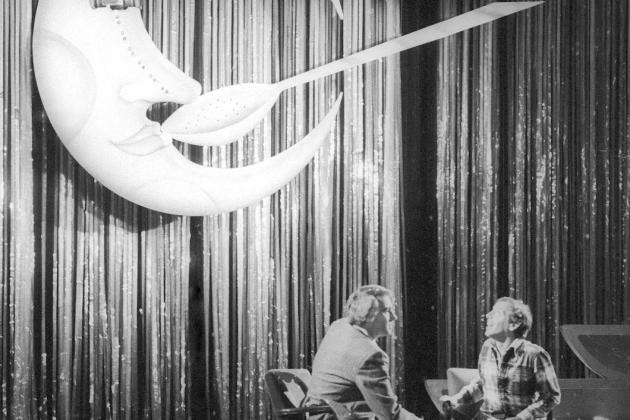
Richard “Richie” Williamson, a multidimensional talent who excelled in fashion photography, design and videography, died July 3 at the age of 75.
The Brooklyn-based creative was visiting his family in Midland, Texas, at the time of his death, which was due to natural causes, according to his sister-in-law Linda Williamson. A formal service is not planned, but a celebration of his life may be held at a later date.
More from WWD
While many may not know Richie Williamson by name, they may unknowingly be familiar with his work, noted senior curator of fashion and material culture Matthew Yokobosky, who featured some of Williams’ artistry in the 2020 Brooklyn Museum exhibition “Studio 54: Night Magic.”
Williamson and Dean Janoff dreamed up the sets, dance floor and “The Moon and the Spoon” sign for the opening of Studio 54 in 1977. Describing Williamson as “the artist responsible for designing one of the most iconic symbols of the disco era,” Yokobosky worked with him to create a video installation of all of the sets he designed at Studio 54.
“Today, we don’t realize the moon was all airbrushed. Richie was a master of the technique and did amazing photo retouching in the era before Photoshop,” he said. “Interestingly, when Adobe first beta tested Photoshop, Richie was asked to participate.”
He also mastered video animation, as evidenced by his monthly surprises on Instagram, Yokobosky said.
In the ’80s, it was Williamson’s photography, and more specifically his forerunner status of developing a technique of airbrushing photographs, in Andy Warhol’s Interview magazine that helped further his ascent. He maintained a relationship with Warhol until the artist’s death in 1987.
Williamson’s portfolio included commercial photography for Bloomingdale’s, Bergdorf Goodman, Revlon, L’Oréal USA, Ralph Lauren Corp., Guerlain and other fashion and beauty brands.
Architect R. Scott Bromley recalled meeting Williamson 45 years ago. “We all just pitched in. I had built the place, too. Who knew that Studio 54 would become a household word? We were just building a nice little club with some fun ideas.”
As for why Williamson was always onto the next incarnation of his interdisciplinary work, Bromley, who runs Bromley Caldari Architects PC, said, “Design never leaves you — no matter what you do. Design is part of one’s life, if you are a designer of anything. Whether you are an architect, a stage designer or anything else, it’s in your blood. It’s your life. If things aren’t working in one direction, you take it and go in another direction.”
Williamson was born in De Queen, Arkansas, and raised in Texas — first in Crane and then in Midland. His father worked for Gulf Oil and his mother was a homemaker. As a high schooler, Williamson had set his sights on one day moving to New York to build a career. Years later his all-black signature style suited the city’s unofficial dress code. “He always wore black. It was versatile, practical. He could wear it in the winter or summer. It looked good everywhere,” Linda Williamson said.
The New York-based creative had been in Texas for a month or so, chronologically organizing his art and archives, which were stored in one of his brother’s homes. It is too soon to say what will become of the archives, which are now in the care of Linda Williamson.
He graduated from the University of Texas at Austin in 1969 as a studio art major with a double minor in French and art history. After graduating, he relocated to New York, starting out in set design. His involvement with Tom Even’s play “Why Hanna’s Skirt Won’t Stay Down” helped to raise his profile.
Williamson and Janoff opened the studio Aerographics in 1975. Through the years, the company was not only commissioned by Studio 54’s Ian Schrager and Steve Rubell, but also created sets for such musicians as Kiss, Todd Rundgren, The Cars and Barry Manilow, among others. During his run at Interview, he photographed haute couture shows and spectacles like Carnevale in Paris.
By 1994, Williamson opened the video production company Wild Kind Productions, once again with Janoff. They wrote, shot and edited music videos for artists like Jay-Z, DMX, LL Cool J and Ghostface Killah.
Schrager was unavailable to comment about Williamson. However, in a March 2020 interview with WWD, Schrager said that a lot of people thought “The Moon and the Spoon” prop was promoting the use of cocaine. “Nothing could be further from the truth, it’s all part of the supervise aspect of a nightclub where everything gets started underground. It was kind of [about] having that arrogance and upsetting the status quo. It wasn’t anything about promoting drugs. We certainly didn’t have anything to do with the drugs that were there. And there were no more drugs there than there were at any other place at that time.”
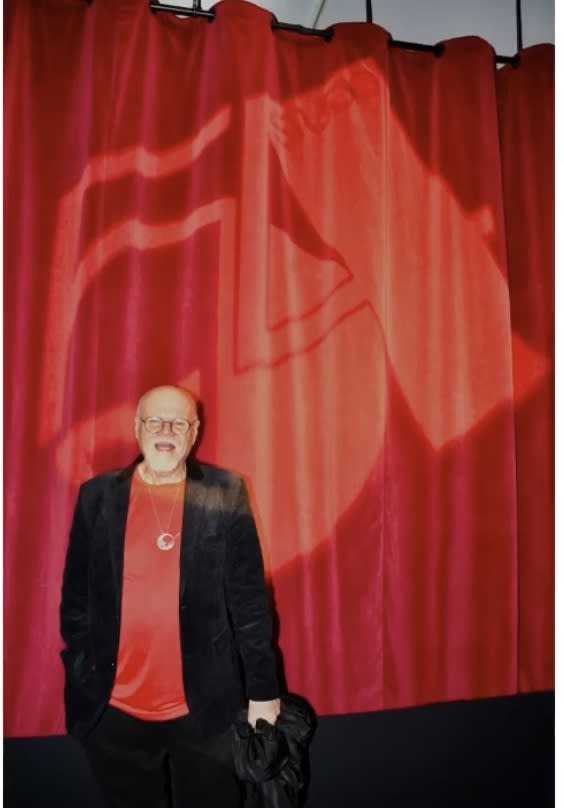
Photo Court
Former Bloomingdale’s fashion art director Fred J. DeVito collaborated with Williamson for ads in the late ’70s and early ’80s with models like Janice Dickinson and Rene Russo (before she ventured into feature films). DeVito, who runs his own agency, emphasized Williamson’s range of projects, from classic ads (including the Bloomingdale’s Studio 54 jeans one) to beauty and more recently animated photo montages on Instagram highlighting personal and global issues.
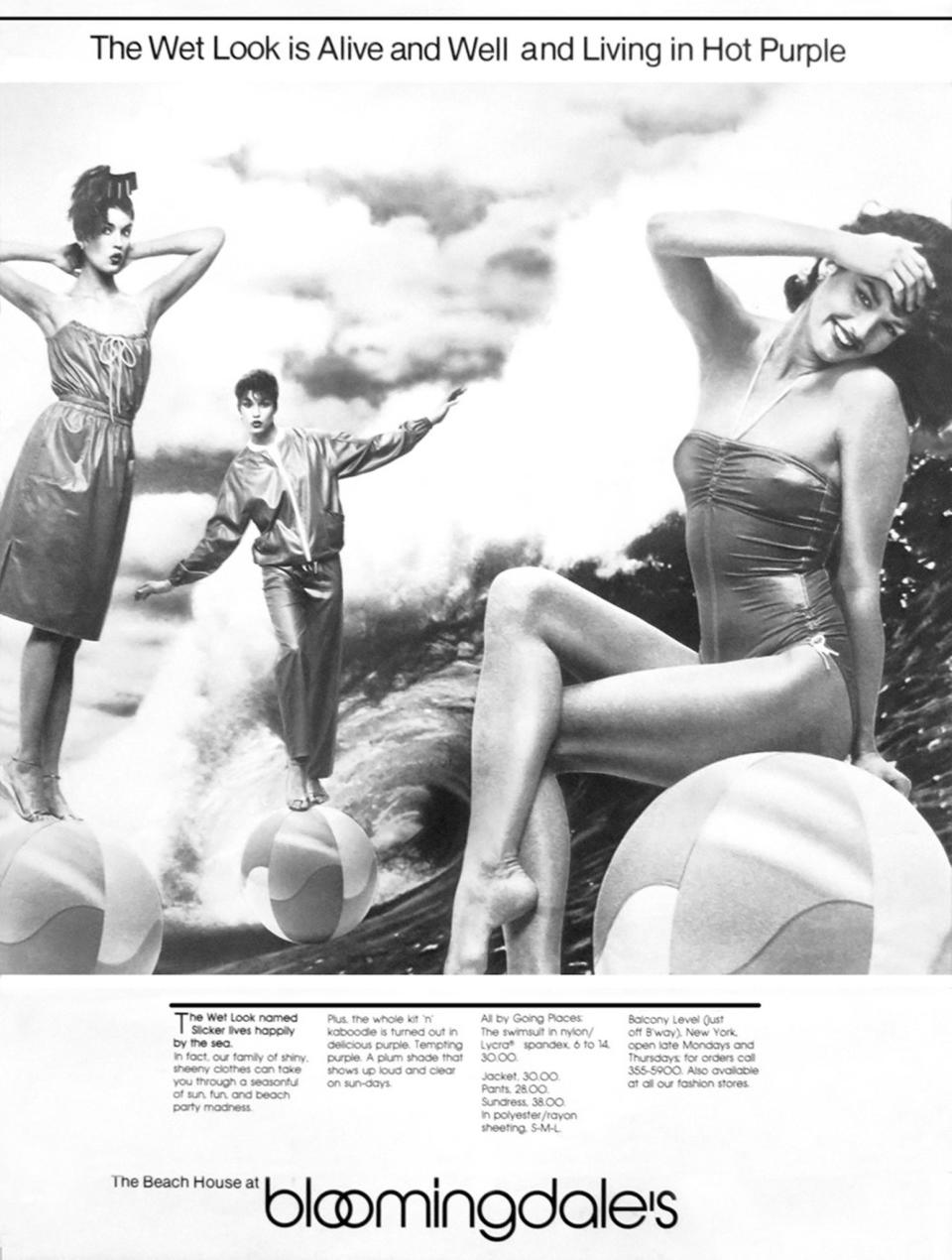
Courtesy Fred DeVito
Myra Scheer, who at one time was the keeper of the coveted Studio 54 guest list and is now cohost of “The Marc & Myra Show” on Sirius XM’s Studio54 Radio, described Williamson as “a gentle, kind, generous spirit, who was always happy to help people, all about joy and positivity.” He created digital collages for The Felix Organization’s dance-a-thon and provided Moon and Spoon medallions for the nonprofit to auction in order to benefit foster children.
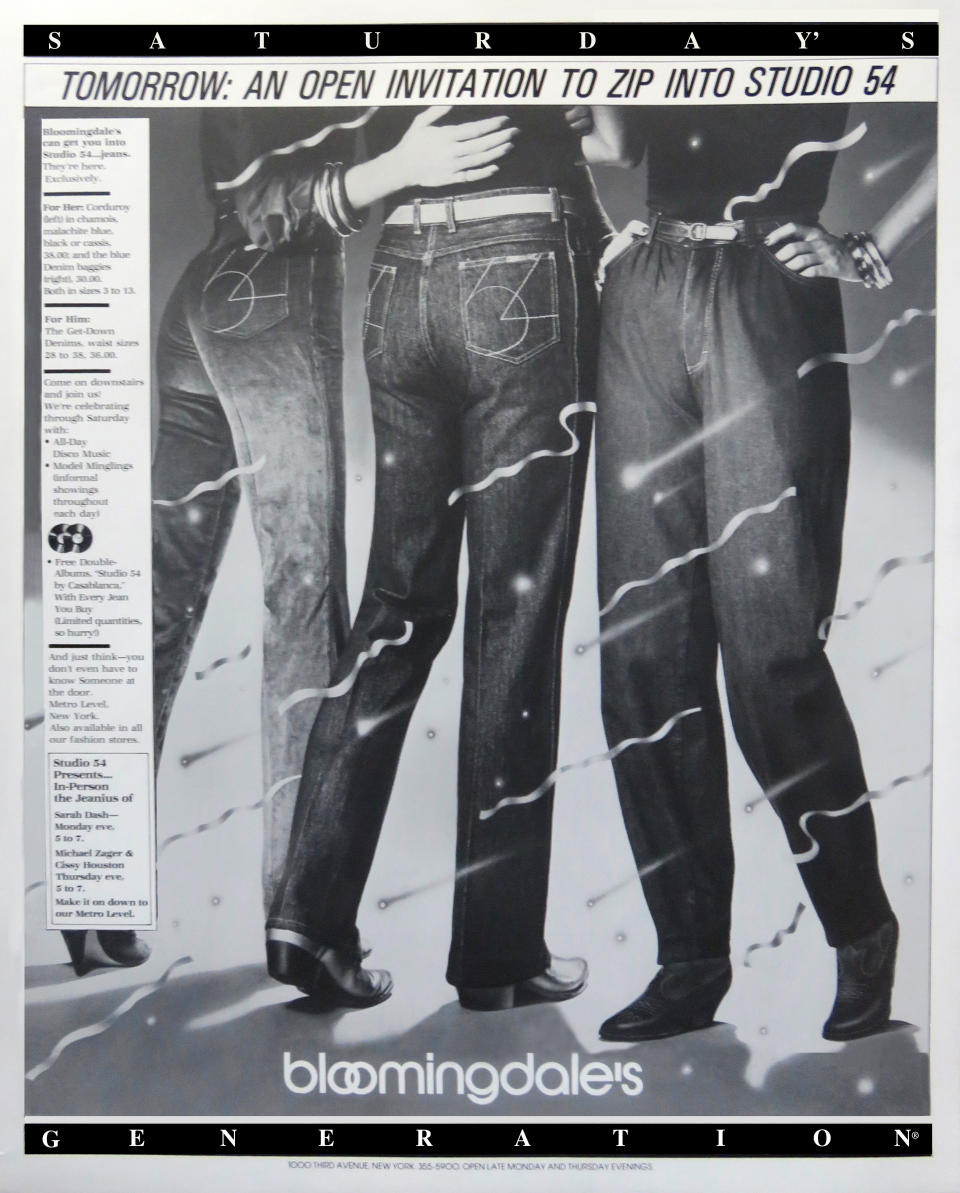
Photo Courtesy Fred DeVito
Having collaborated with Williamson on various artistic projects, Adam Isaac Itkoff said, “Richie was a true renaissance man and interdisciplinary artist [working in] everything from fashion to video editing music videos and set design, of course, as everyone knows his work from Studio 54. Really across the board, he was a true groundbreaking artist.”
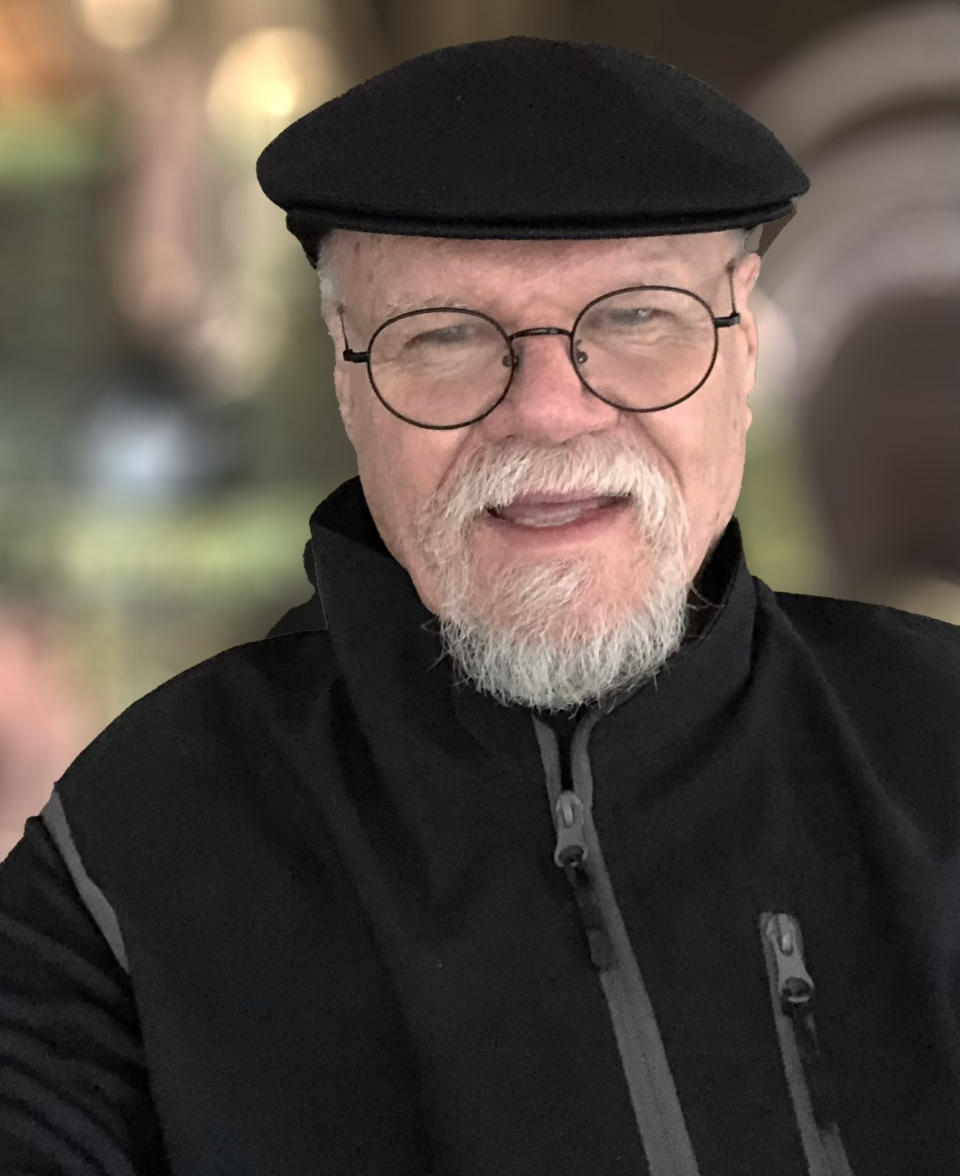
Courtesy
Williamson served as the art director and cocreator of Itkoff’s independent short film entitled “Lovely Nowhere” that is in production and centers on one man’s journey through New York and then the metaphysical.
As for what he would want people to think of when they hear his name or see his work, Linda Williamson said, “We all know that art is very subjective. He would want people to take away whatever it meant to them.”
”His goals in life were to enjoy life and to enjoy those around him. Whoever was around was having a fine time. He was so full of information and so funny. He could meet anyone on any level anywhere in the world and have a wonderful discourse. It didn’t matter where they were from,” she said. “He was always cognizant of the other person, very thoughtful and kind.”
Williamson is survived by his brothers Stanley and Robert and their extended families.
Best of WWD
Sign up for WWD's Newsletter. For the latest news, follow us on Twitter, Facebook, and Instagram.

